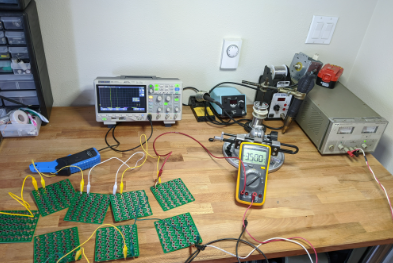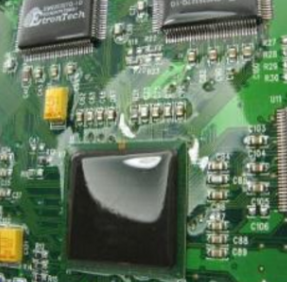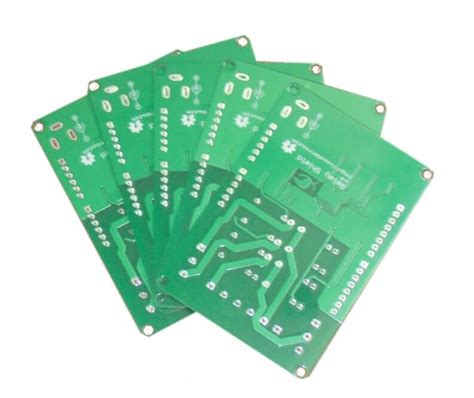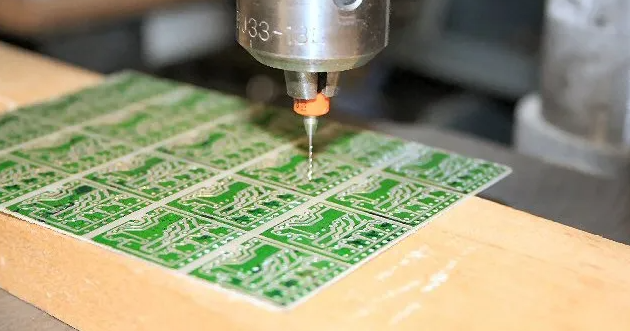The Applications and Uses of Multi-Layer PCBs in Modern Electronics
Introduction
Printed Circuit Boards (PCBs) are the backbone of modern electronics, providing mechanical support and electrical connections for electronic components. As technology advances, the demand for more complex and compact circuits has led to the widespread adoption of multi-layer PCBs. Unlike single or double-layer PCBs, multi-layer PCBs consist of three or more conductive copper layers laminated together with insulating material, allowing for higher circuit density and improved performance.
Multi-layer PCBs are essential in industries where space, weight, and functionality are critical factors. This article explores the various applications of multi-layer PCBs across different sectors, highlighting their advantages and why they are preferred over simpler PCB designs.
1. Consumer Electronics
Smartphones and Tablets
Modern smartphones and tablets require compact, high-performance PCBs to accommodate numerous functions in a limited space. Multi-layer PCBs (typically 6 to 12 layers) enable:
- Higher component density – More circuits can be integrated into a smaller footprint.
- Improved signal integrity – Dedicated ground and power planes reduce electromagnetic interference (EMI).
- Better thermal management – Heat dissipation is more efficient due to multiple layers.
Laptops and Wearable Devices
Laptops use multi-layer PCBs (often 4 to 8 layers) to support high-speed processors, memory modules, and connectivity options (Wi-Fi, Bluetooth). Wearable devices, such as smartwatches and fitness trackers, rely on ultra-thin multi-layer PCBs to ensure lightweight yet powerful circuitry.

2. Telecommunications
5G Infrastructure
The rollout of 5G networks demands high-frequency, low-latency PCBs capable of handling massive data transfer rates. Multi-layer PCBs (up to 20+ layers) are used in:
- Base stations – For signal processing and transmission.
- Antenna systems – To support millimeter-wave frequencies.
- Network switches and routers – Ensuring high-speed data routing.
Satellite Communication
Satellite communication systems require PCBs that can withstand extreme conditions while maintaining signal integrity. Multi-layer PCBs with high-frequency materials (e.g., Rogers or Teflon) are used in:
- Satellite transceivers
- Radar systems
- GPS modules
3. Automotive Industry
Advanced Driver Assistance Systems (ADAS)
Modern vehicles incorporate ADAS features such as adaptive cruise control, lane-keeping assist, and collision avoidance. These systems rely on multi-layer PCBs (6 to 10 layers) for:
- High-speed data processing (from cameras, LiDAR, and radar).
- Reliable power distribution in electric and hybrid vehicles.
Electric Vehicle (EV) Battery Management Systems (BMS)
EVs use multi-layer PCBs to monitor and control battery performance, ensuring:
- Accurate voltage and current sensing.
- Thermal management to prevent overheating.
- Communication between battery cells and the vehicle’s control unit.

4. Medical Devices
Diagnostic Equipment
Medical imaging systems (MRI, CT scans, ultrasound) require multi-layer PCBs with high-speed signal integrity and low noise interference. These PCBs help in:
- Signal amplification for accurate imaging.
- Data acquisition from sensors.
Implantable Devices
Pacemakers and neurostimulators use ultra-compact, high-reliability multi-layer PCBs that must:
- Operate flawlessly for years without failure.
- Withstand bodily fluids and mechanical stress.
5. Aerospace and Defense
Avionics Systems
Aircraft and spacecraft rely on multi-layer PCBs (often rigid-flex designs) for:
- Flight control systems.
- Navigation and communication modules.
- Black box data recorders.
Military Applications
Military-grade PCBs must endure harsh environments while maintaining performance. Uses include:
- Radar and missile guidance systems.
- Encrypted communication devices.
- Unmanned aerial vehicles (UAVs).
6. Industrial Automation
Robotics and Control Systems
Industrial robots use multi-layer PCBs for:
- Precision motor control.
- Real-time sensor feedback.
- High-power switching applications.
IoT and Smart Manufacturing
The Industrial Internet of Things (IIoT) relies on multi-layer PCBs for:
- Wireless sensor networks.
- Edge computing devices.
- Automated quality control systems.
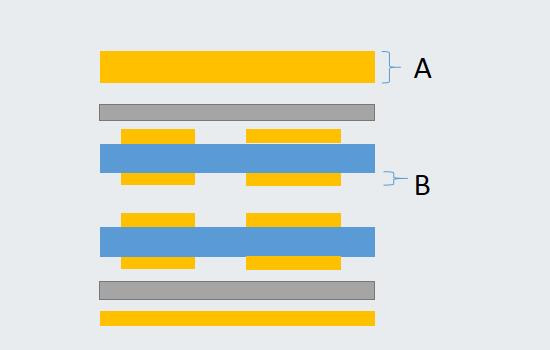
7. High-Performance Computing (HPC)
Servers and Data Centers
Cloud computing and AI-driven applications require multi-layer PCBs (up to 30+ layers) for:
- High-speed data processing.
- Efficient power delivery to CPUs and GPUs.
- Thermal management in dense server racks.
Cryptocurrency Mining Rigs
Mining hardware uses multi-layer PCBs to:
- Handle high-power ASIC chips.
- Optimize heat dissipation.
- Support high-frequency transactions.
Conclusion
Multi-layer PCBs are indispensable in today’s electronics-driven world, enabling advancements in consumer tech, telecommunications, automotive, medical, aerospace, industrial automation, and computing. Their ability to integrate complex circuits into compact designs while maintaining signal integrity, power efficiency, and thermal performance makes them the preferred choice for high-end applications.
As technology continues to evolve, the demand for higher-layer-count PCBs (such as HDI and flexible PCBs) will grow, further expanding their applications in next-generation electronics.


